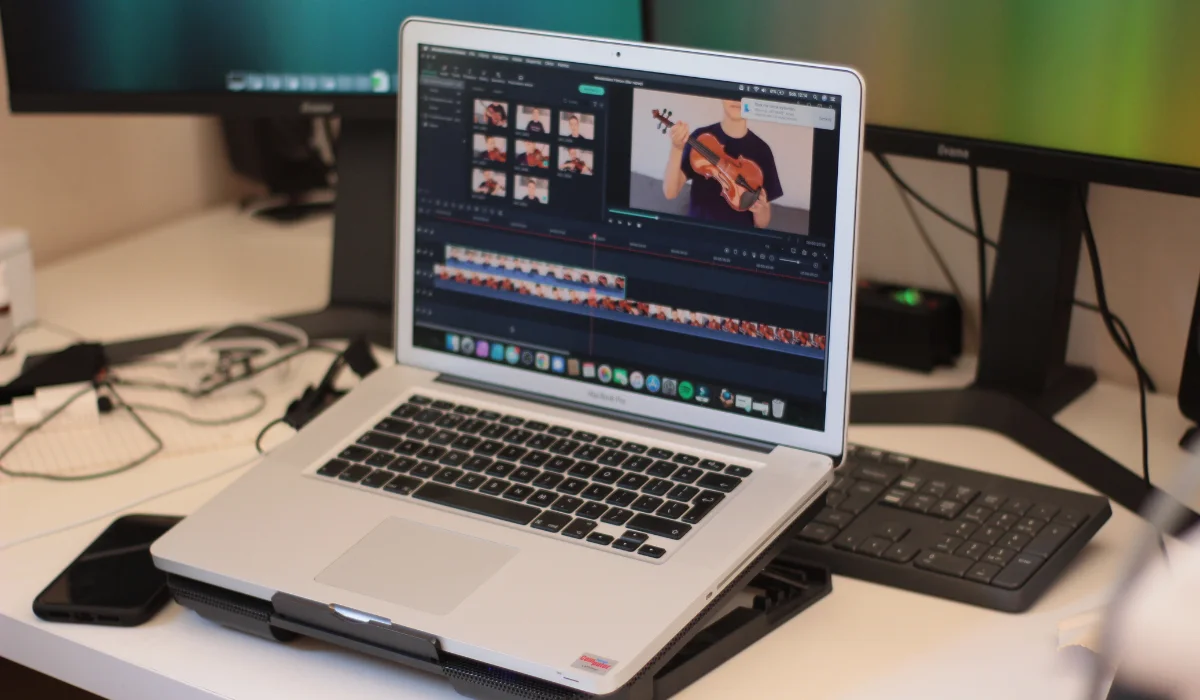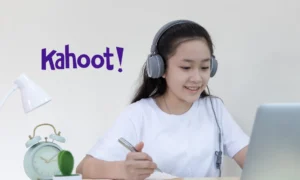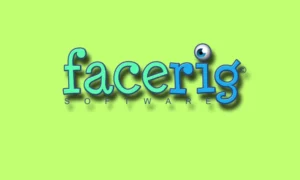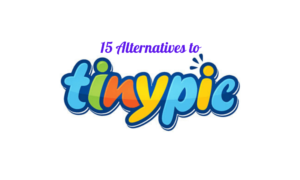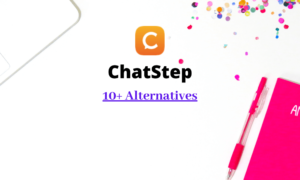If you are an independent content creator, then you know how difficult it is to find other people who can translate your work into other languages. Even if you find someone willing to do this for free, it’s likely that they will not be able to take on more than one or two videos at a time.
There may also be restrictions on what kinds of videos they can translate at all. When you have a lot of potential viewers around the world who are unable to access your content because of language barriers, it becomes clear that translation services need to be part of your business plan.
The Dominance of Visual Content
Visual content is more engaging than written content, and therefore it’s more likely to be shared. It can also be used to create a sense of urgency and make your audience feel like they’re missing out on something if they don’t take action.
Video has become the dominant form of communication online and that dominance isn’t going away anytime soon. According to research conducted by HubSpot, consumers prefer watching videos over reading text when it comes to learning about products or services.
Plus, video is easier for people with short attention spans; they don’t have time or energy left after spending hours looking at social media feeds filled with photos from friends’ vacations or funny memes from Redditors trying their hand at Photoshop editing skills!
So, how to translate video from English to French and create video content that will get shared? Well, there are a few things to consider. First off: what’s your goal? If you want more traffic to your website or blog post, then it might be best to go with an explainer video (more on that later).
If you’re looking for more engagement on social media platforms like Facebook and Instagram, try using shorter posts like GIFs or Boomerangs instead.
The Multilingual Challenge
It’s not easy to do and it requires a lot of time, money, and effort. But if you don’t translate your video content into other languages, then you’re missing out on a huge audience segment one that could be interested in what you have to offer but cannot understand your language.
The benefits of translation are many:
- You expand your potential audience reach by reaching out beyond the borders of your country or region
- You open yourself up to new markets and sales opportunities (for example, if someone wants information about one of your products but doesn’t speak English)
Also Read: Why Gender Is Important in Translation?
Breaking Barriers with Video Translation
Video translation is the key to expanding your audience reach. It can help you break down language barriers and localize content for cultural relevance.
In today’s global market, video translation services are more critical than ever before. As more people access information online and interact with brands through social media platforms, businesses need to be able to attract and retain international customers if they want to stay competitive in today’s marketplace.
Video translation services are an essential part of this strategy because they allow companies to expand their reach beyond their home country or region by offering products or services in multiple languages for example, English speakers looking for a French product on Amazon would see it translated into French if they selected that option under “Language Selection.”
The best approach we recommend is not to rely solely on automation. Instead, consider hiring professional linguists who can manually translate videos using a specialized process. This method ensures accuracy and maintains consistency across all videos, regardless of their length.
See Also: Best Google Translate Alternatives
Localization for Cultural Relevance
Localization is the process of adapting a message to a specific language and culture. It’s critical for your video to be localized so that it resonates with the audience you’re targeting, whether that be potential customers or investors.
In addition to helping you reach new audiences and gain trust, localization can also help build brand awareness and increase sales by making sure that people know who you are and what value you offer them. The key to a successful video localization is choosing the right provider you’ll want one who has an established workflow and a team of expert linguists who understand how different languages work within their respective cultures, as well as any nuances unique to each country they serve (such as appropriate greetings).
We believe that video translation is the key to expanding your audience reach. The dominance of visual content shows no sign of slowing down, and with the rise in multilingual users around the world it’s more important than ever for brands to be able to communicate with their target audiences in their native language.

